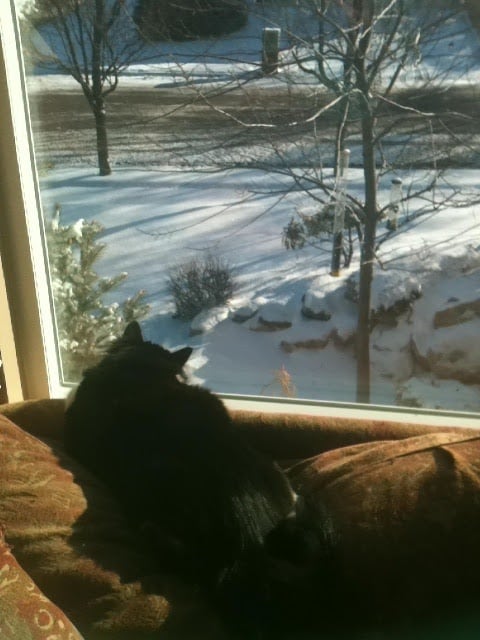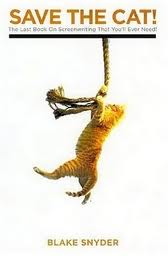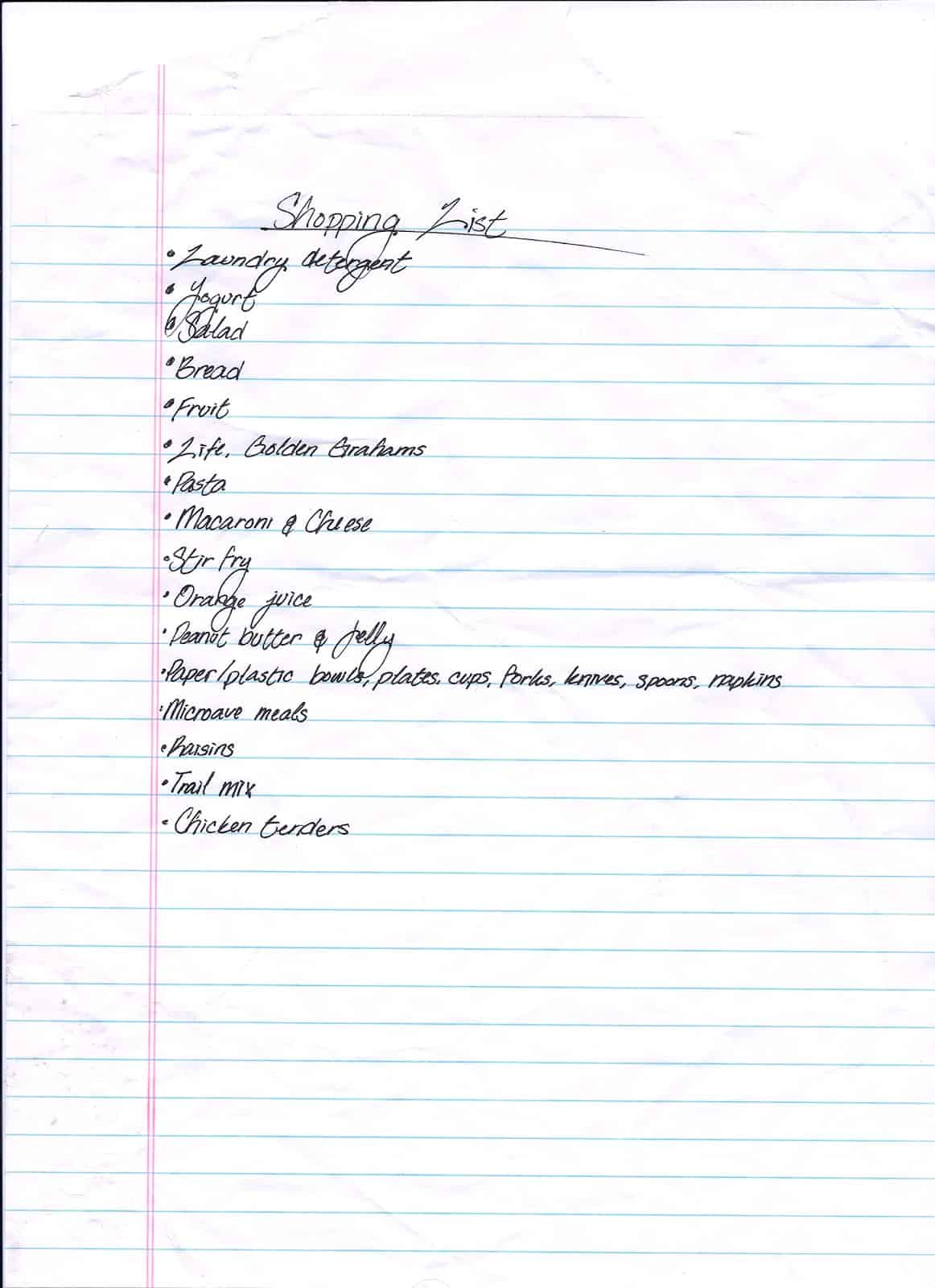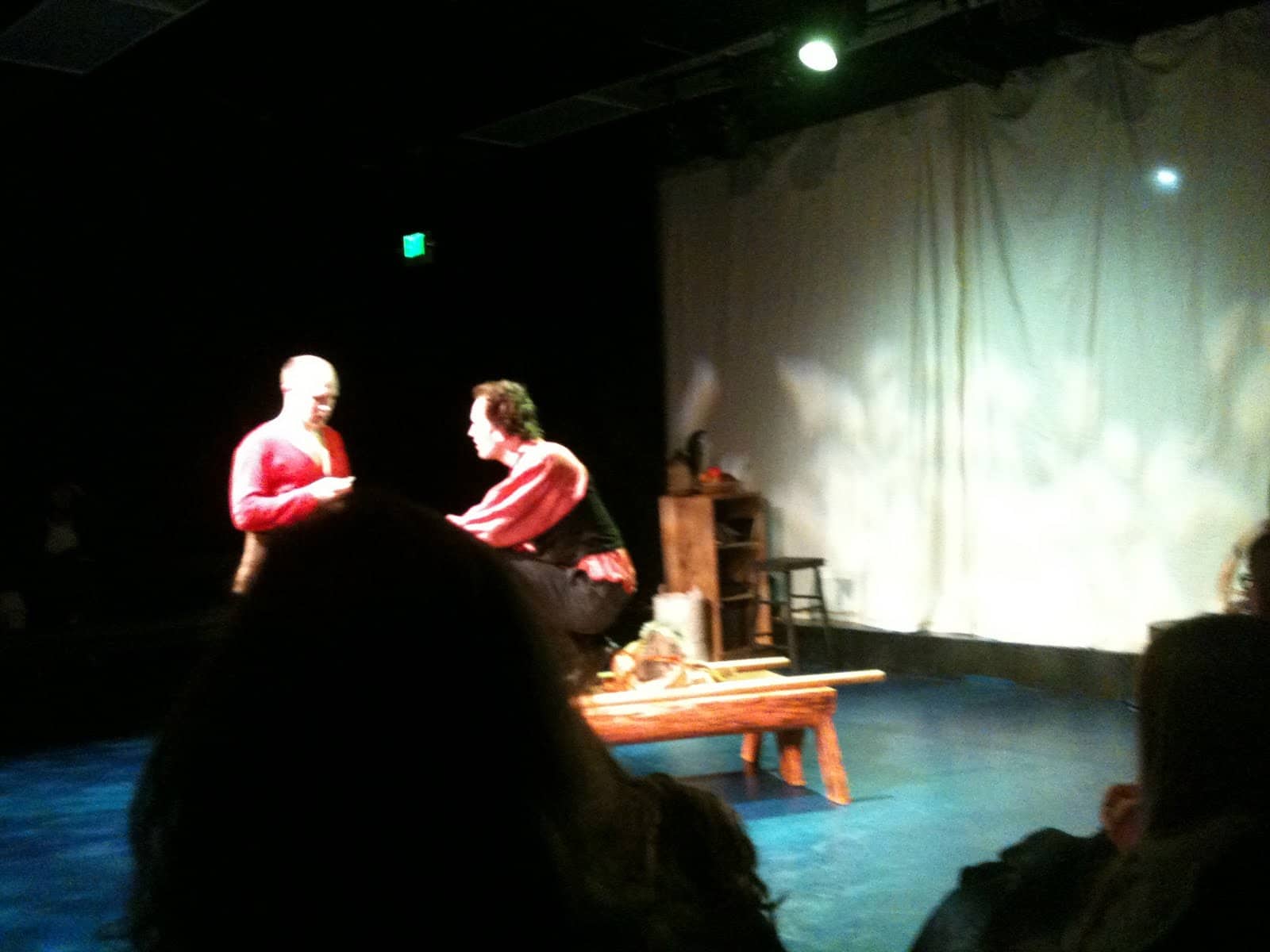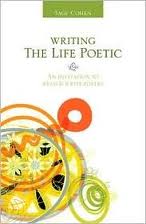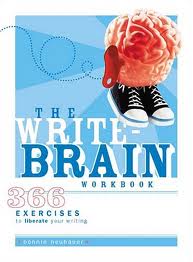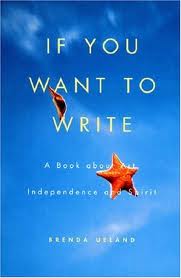Last weekend, as SCBWI Regional Advisor, I attended our illustrator conference. The tips on lighting and body proportions did’t really apply to writing, although I suppose if I tried, I could work out a complicated metaphor… But I won’t. Here’s what struck me:
Midway through her talk, Sherry Meidell said, “Deadlines and time constraints can stifle creativity. Relearn how to play like a child. You have to daydream–take the time to sit and think. Visualize, look at your sketches, and daydream some more.” She advised us to go for a walk or a run, letting our stories play through our heads, as we ask if we’ve approached the illustration from the best angle.
Stories need to be told through the right angles too. Are we putting our characters in the best situations to move the story forward? Could we find a more interesting setting for this scene? Would our characters really do that–or is it merely a quick way to move the story along (and maybe avoid working through a tricky scene)?
As writers, we value butt-in-chair time, often racing through scenes to meet daily word count goals. As a NaNoWriMo fan, I’m guilty of stacking up word count without taking time to pause. Go on that walk. Stare out the window with my cat. Think.
I know that my writing could benefit from taking the time to daydream some more. So move over Minnie, let’s hang out on the sofa & think through my plot together… Okay, I know you’re only thinking about snacking on birds.
